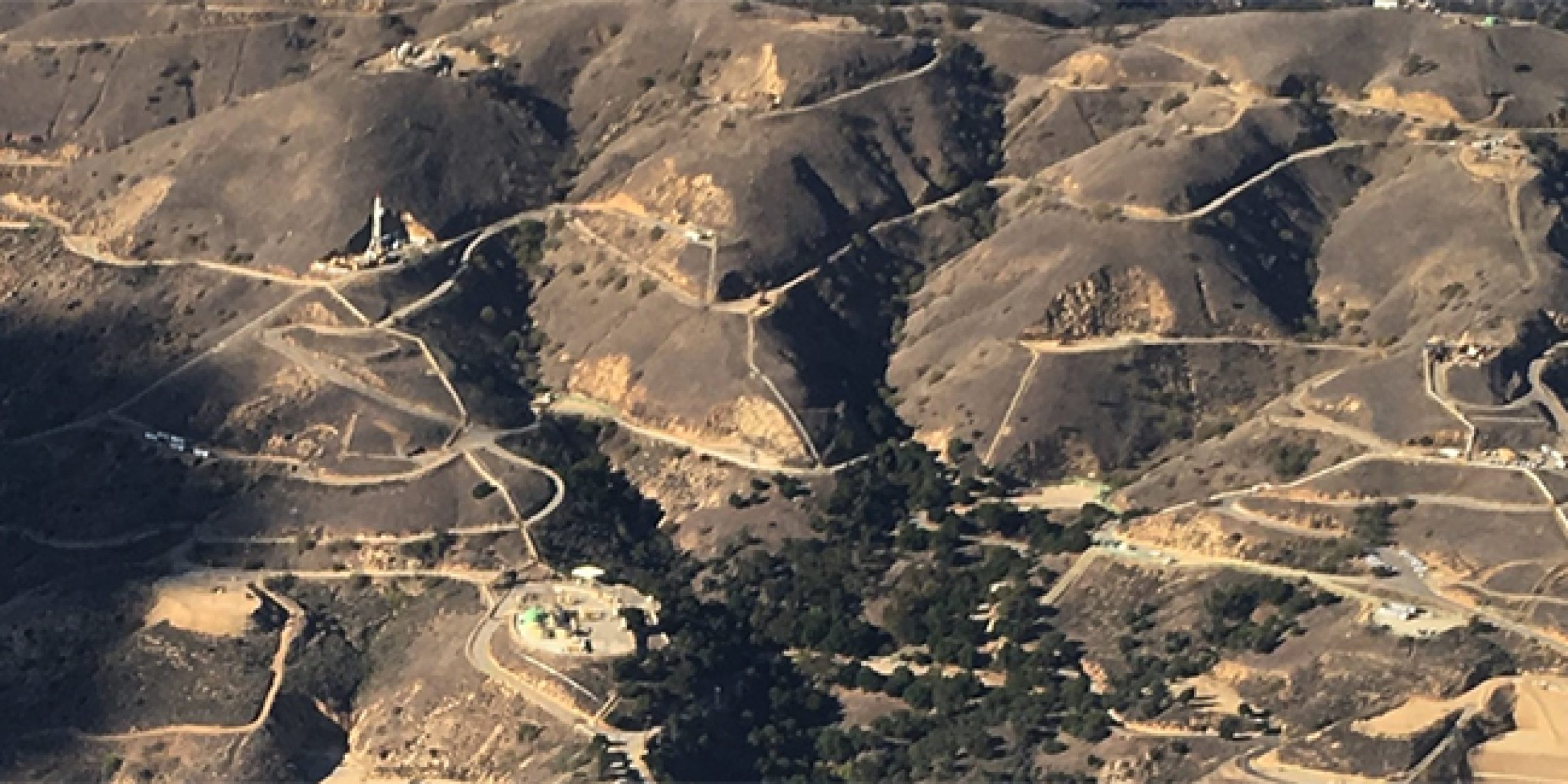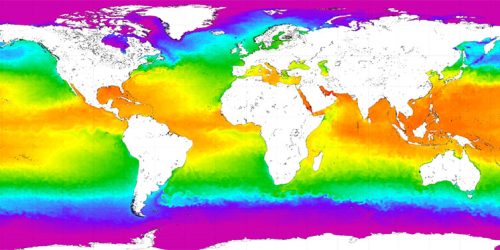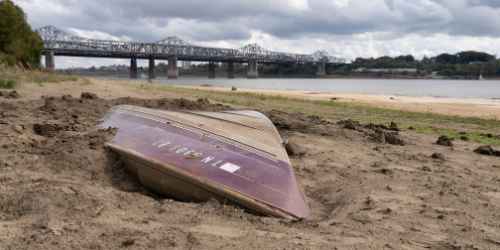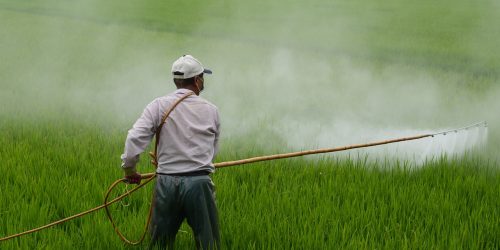On Feb. 25, researchers from NOAA and three entities in California published a study in Science on the effects of the natural gas leak in Aliso Canyon, an area of Los Angeles, California. The study was supported by CPO’s Atmospheric Chemistry, Carbon Cycle, and Climate (AC4) program, NOAA’s Earth Science Research Laboratory (ESRL), the California Energy Commission, the Southern California Gas Company, and the California Agricultural Experiment Station.
The leak began in late October 2015 and was sealed on Feb. 11. One of the 115 wells of the natural gas storage facility at Aliso Canyon began leaking natural gas that amounted to over 100,000 tons of methane by February. The leak churned out one-quarter of California’s total methane emission, equating to the largest methane leak in U.S. history.


The study was refined and finalized after the leak was permanently sealed. According to the study, co-led by NOAA’s Tom Ryerson and Scientific Aviation and University of California-Davis’ Stephen Conley, the leak doubled the amount of methane emissions for the entire Los Angeles Basin. More than 5,000 households were evacuated.
Traces of other substances, namely benzene, were also found in the atmosphere. Benzene is a known carcinogen and was a point of particular concern and attention, according to the study.
During the course of the leak, NOAA and its partners participated in 13 research flights, collecting samples to test air quality and provide mitigation assistance. The flights allowed what ESRL referred to as “end-to-end, unprecedented access to determining the amount of methane in the atmosphere.”
Methane is a potent greenhouse gas with a global warming potential roughly 28 times higher than that of carbon dioxide, according to the ESRL release. This study “demonstrates how rapid-response airborne chemical sampling has societal value during episodic releases on the scale of the Aliso Canyon blowout,” said ESRL. “Such information can help to document human exposure, formulate optimal well control intervention strategies, quantify the effectiveness of deliberate control measures during the crisis, and assess the climate and air quality impacts of large unintended releases.”
To adequately defend communities in the United States against emission incidents affecting local, regional, and national preparedness to climate change and global warming, it is important to implement rapid-response programs to sample airborne substances to coordinate well-devised intervention plans and optimize the effectiveness of these strategies.
To access the full paper, visit Science
To view the CIRES release, visit the CIRES Website
To view the ESRL story, visit the ESRL Website
NOAA and partners report the largest methane leak in U.S. history in a joint study











